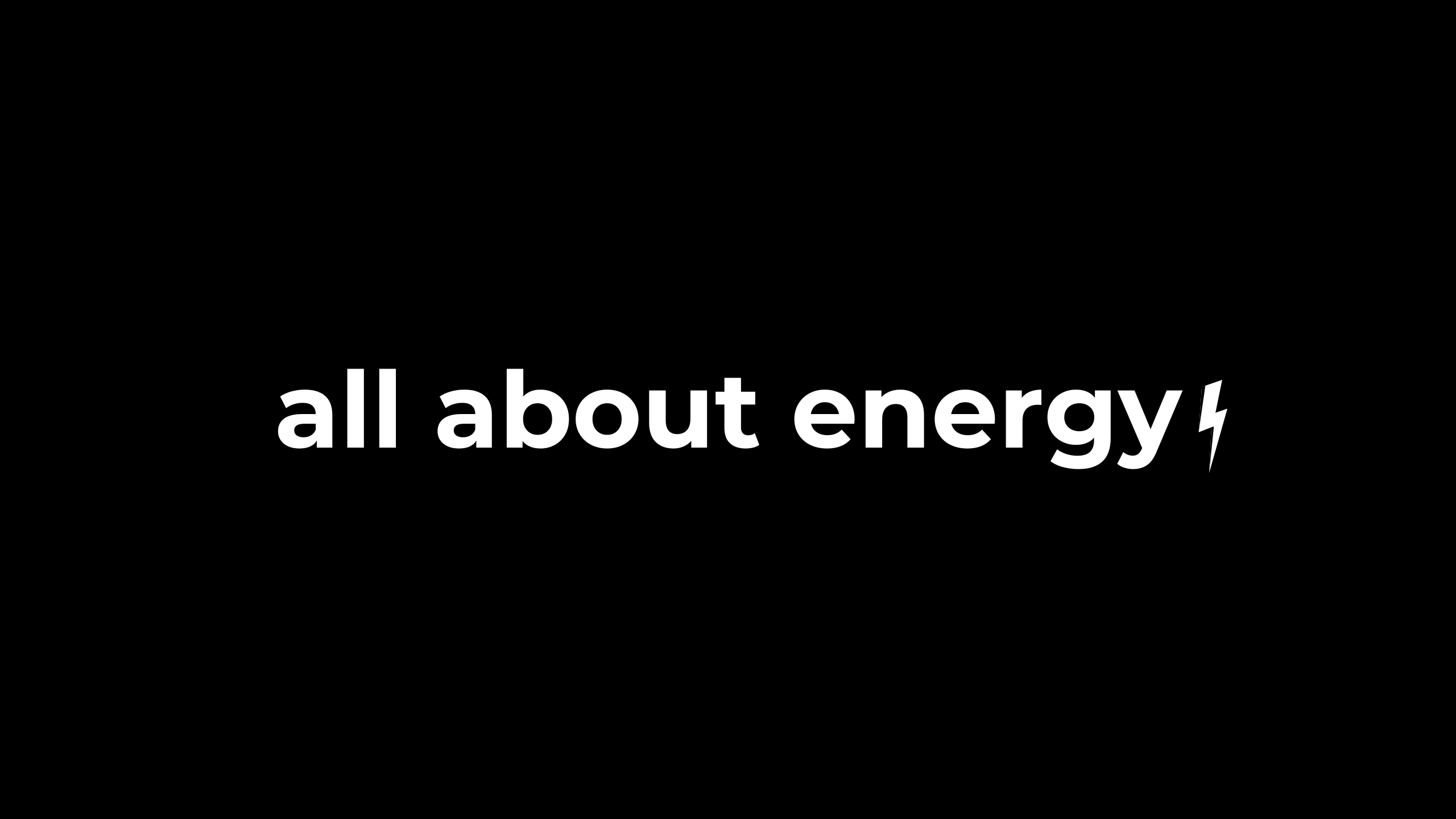Why Christmas Is the Perfect Time to Identify Energy Savings
Written by Joe Wright
Christmas Day—a time for family, celebration, and reflection. But did you know it’s also the perfect opportunity to uncover hidden energy savings in your organisation? Let me explain why.
The Christmas Shutdown: A Unique Opportunity
For many organisations, Christmas brings a complete shutdown or significantly reduced operations. Offices, retail outlets, manufacturing plants, and leisure facilities often fall into this category. If that sounds like your business, this is a golden opportunity to understand your energy consumption better.
During a shutdown, all the variable loads on your site—like lighting, production machinery, and office equipment—are stripped away. What remains is your baseload consumption: the constant energy demand of systems that run 24/7, such as HVAC systems, servers, refrigeration units, and security equipment. Identifying and optimising this baseload can lead to significant energy savings.
Why Your Baseload Matters
Your baseload represents the energy your organisation uses even when no one is on-site. By understanding this, you can:
- Pinpoint energy waste from systems running unnecessarily.
- Compare your baseload during Christmas to other low-consumption periods, like weekends or public holidays.
- Spot anomalies or unexpected spikes, which could indicate inefficiencies.
For example, if your baseload is unusually high compared to your operational energy consumption, it means you’ve got room for improvement. These inefficiencies translate directly into higher energy costs and unnecessary carbon emissions.
The Power of Half-Hourly Data
To truly understand your energy usage, you need Half-Hourly Data (HH data). Unlike a standard monthly energy bill, which provides a single, large number for total consumption, HH data breaks down your usage into 30-minute intervals. This granular view allows you to:
- Identify precisely when energy spikes occur.
- Trace anomalies to specific equipment or systems.
- Take targeted action to eliminate waste.
Imagine spotting a spike at 2 a.m. on Christmas morning. With no staff on-site and no operations running, what’s causing the increase? It could be equipment left on or HVAC systems not properly scaled back. Without HH data, these inefficiencies would remain invisible.
How to Access HH Data
If your organisation has a half-hourly meter, this data is already available to you. You can access it through your energy supplier or, if they have one, via your suppliers online energy platform. To check if you have a HH meter, look at your electricity invoice for your Meter Point Administration Number (MPAN). If the profile class is “00,” you have a HH meter.
And if you’re not yet on a HH meter, don’t worry. The UK is rolling out market-wide HH settlement starting in April 2025, meaning all meters will eventually switch to HH data.
This is for the UK, so if you have sites located elsewhere the setup may be different.
Steps to Take
Now that you know why Christmas is a great time to analyse energy consumption, here’s what to do:
DIY Approach
- Analyse Your HH Data: Start with Christmas Day and compare it to other low-demand days. Plot your baseload and look for inconsistencies.
- Identify Energy Waste: Look for spikes or anomalies. Are HVAC systems running unnecessarily? Is equipment left on?
- Take Action:
- Program HVAC systems to scale back during shutdowns.
- Ensure all non-essential equipment is switched off.
- Use timers or automation to manage overnight loads.
Outsource to Experts
If you don’t have the tools, time, or expertise to analyse HH data, consider hiring an energy consultant. They can:
- Access your data with a Letter of Authority (LOA).
- Identify inefficiencies and provide tailored recommendations.
- Set up alarms or notifications for unusual consumption patterns.
Outsourcing ensures you get professional insights and actionable solutions without the hassle of doing it yourself.
Why This Matters Beyond Christmas
While Christmas is an ideal time to identify energy savings, baseload inefficiencies could be affecting your organisation all year round. Addressing these issues will not only reduce your energy bills but also help you meet compliance requirements like ESOS and support your net zero goals.
Final Thoughts
Christmas can reveal more than just the spirit of giving; it can uncover opportunities to save energy and reduce costs. By analysing your baseload and tackling inefficiencies, you’ll set your organisation up for a greener, more cost-effective year ahead.
Enjoy the holiday season—and the savings you’re about to uncover!
Watch the video for a quick overview of this topic:
Are you looking to improve your organisations energy management practices?
Take our Energy Management Scorecard quiz to assess your current strategies and identify areas for improvement. Click below for the free assessment

You May Also Like…
Compliance Simplified
If you’re part of any of the mandatory compliance scheme like SECR, ESOS, or the many others out there, then you...
Why maintenance matters for energy management
When you think about improving your energy management, where does your mind go first? Upgrades? New systems? Cutting...
Creating A Culture Of Energy Efficiency
If your business is subject to compliance schemes like ESOS or SECR, you’re not alone. A lot of the companies I work...




